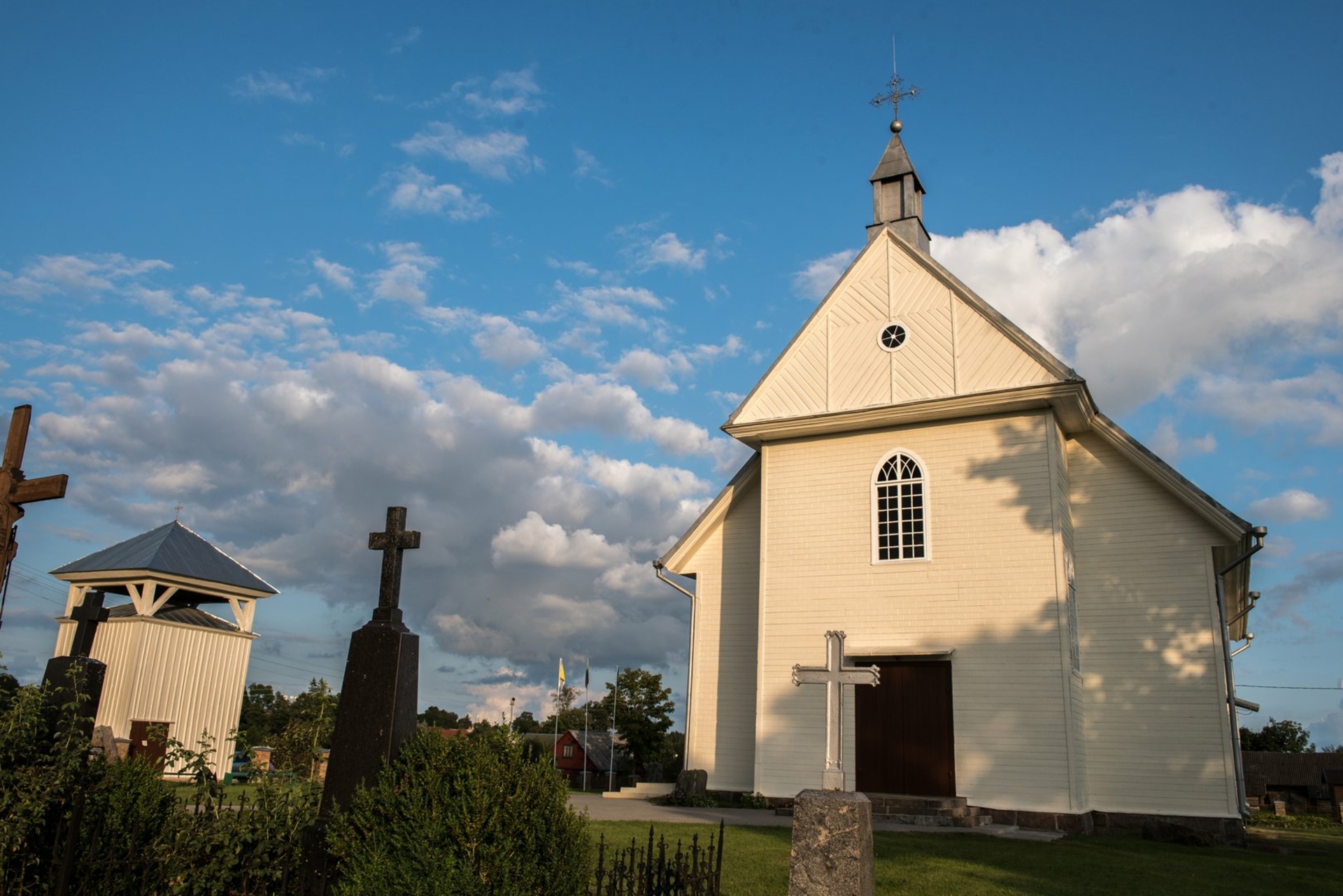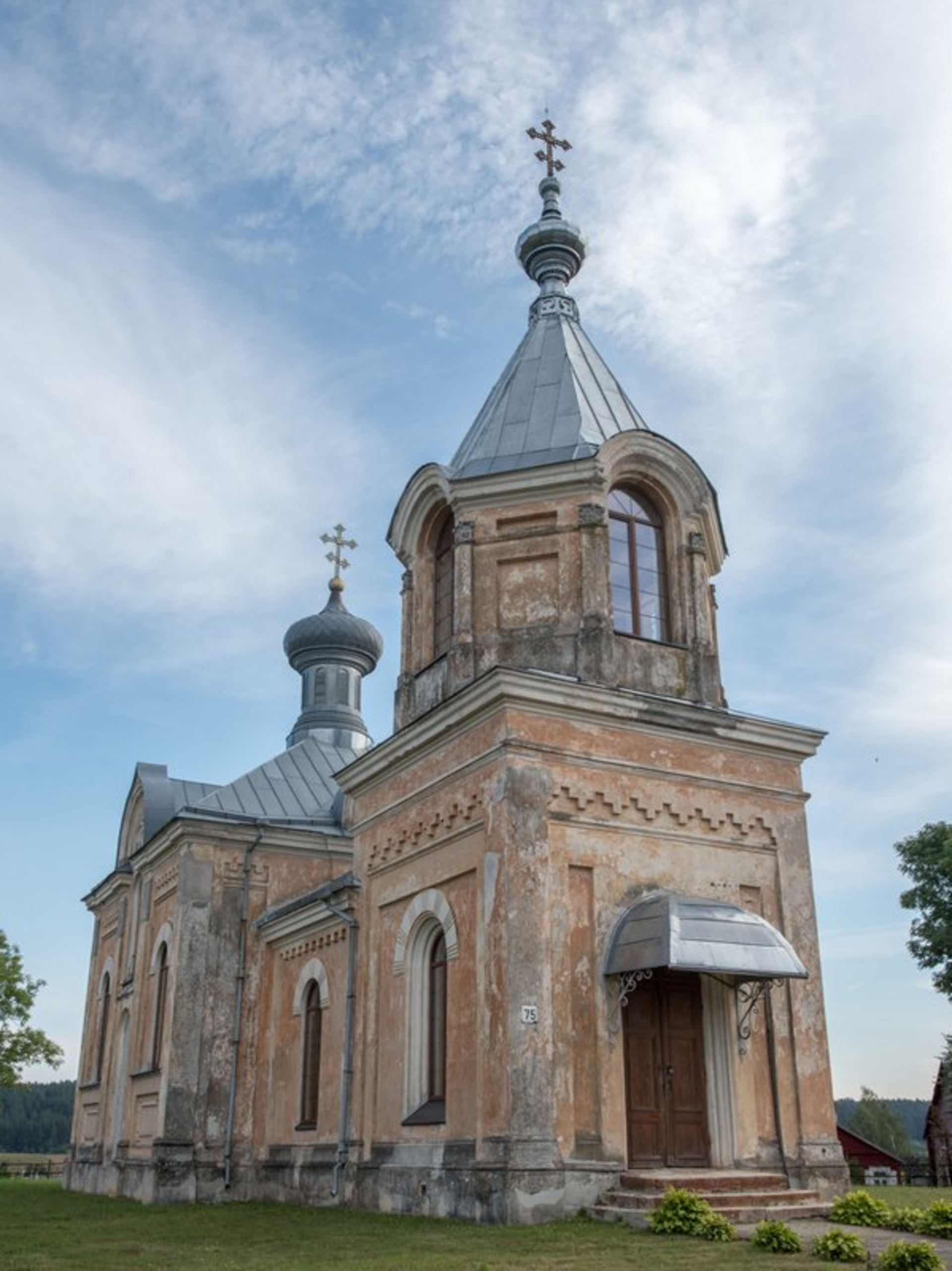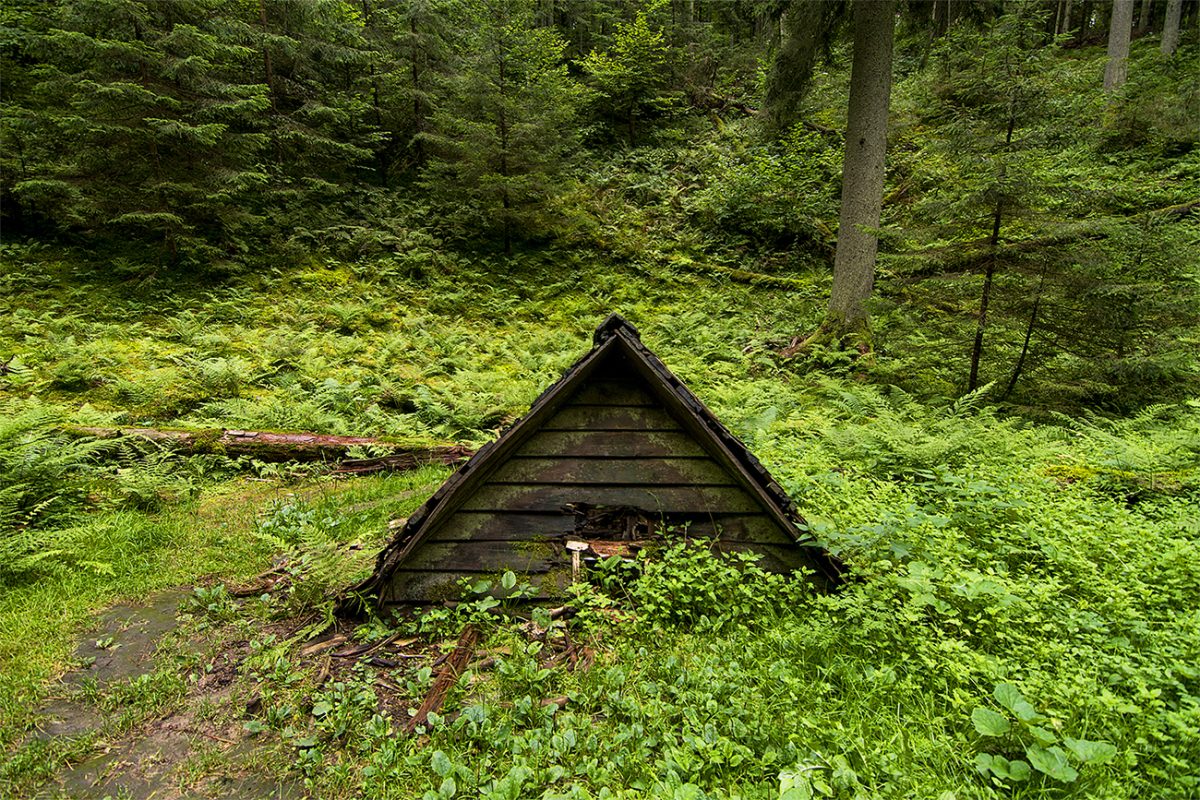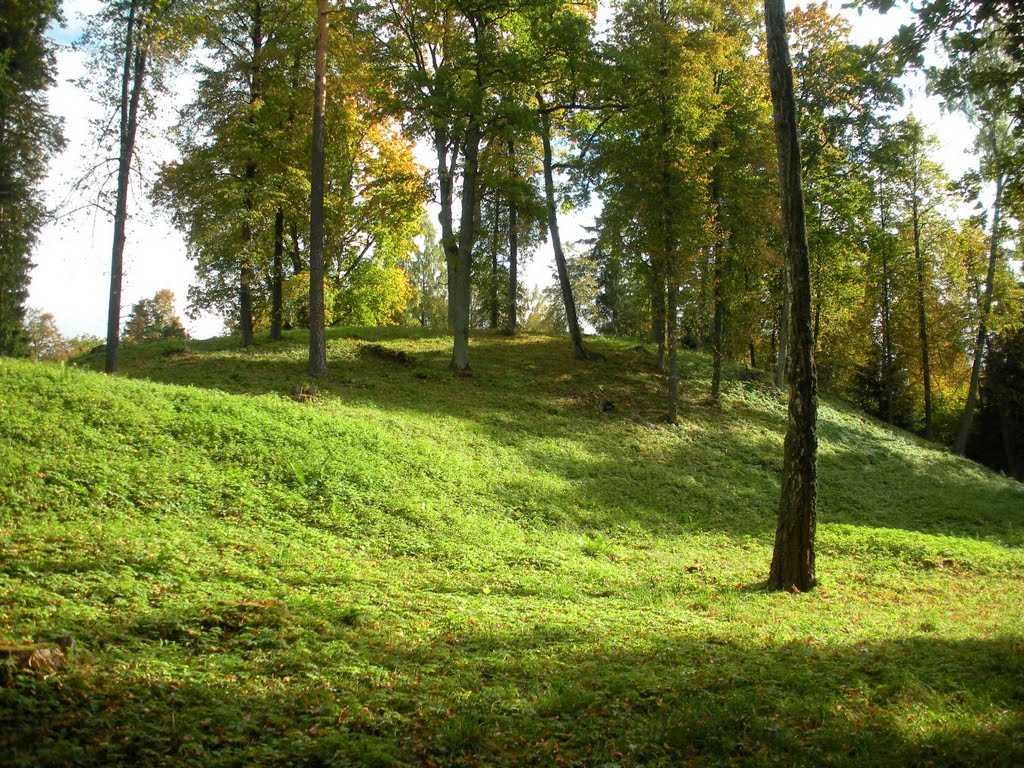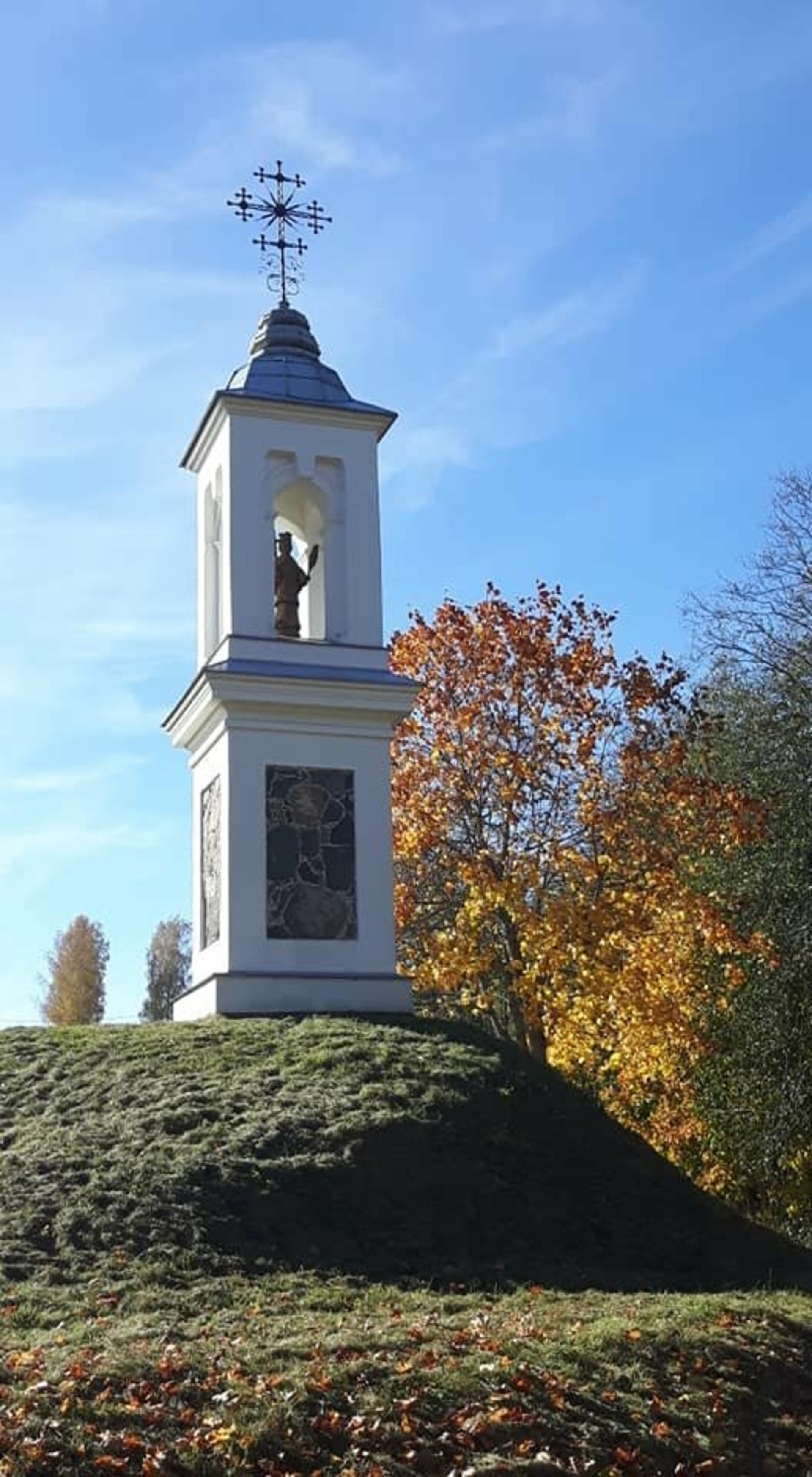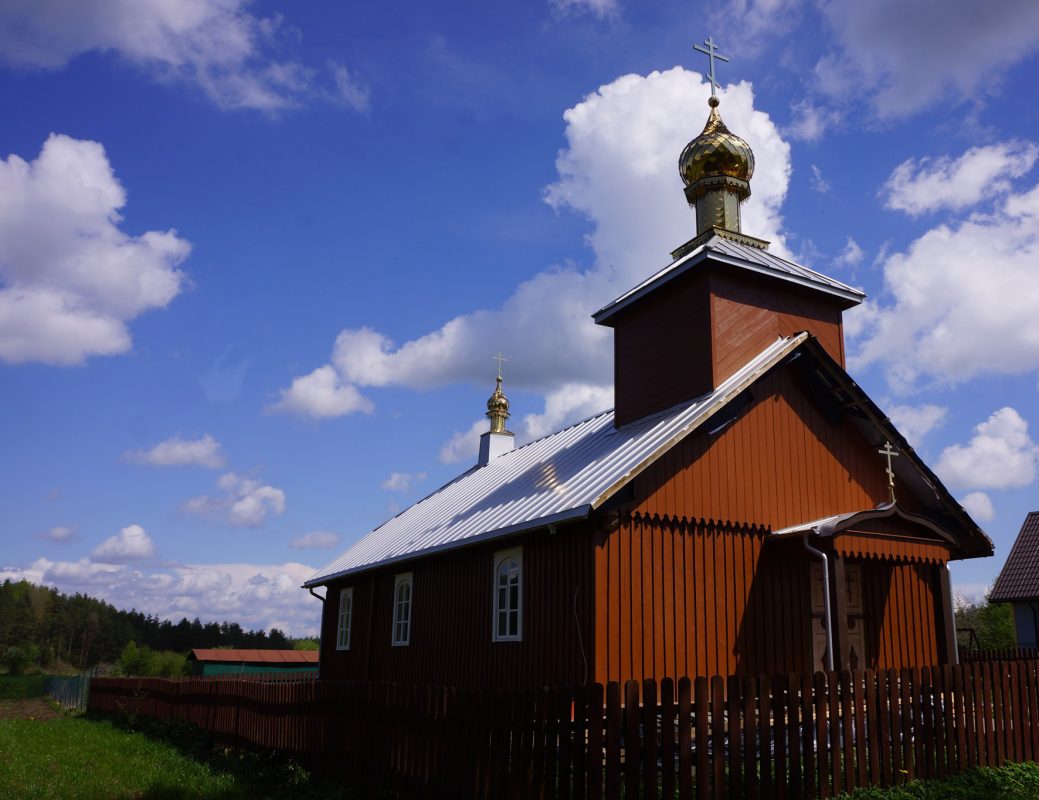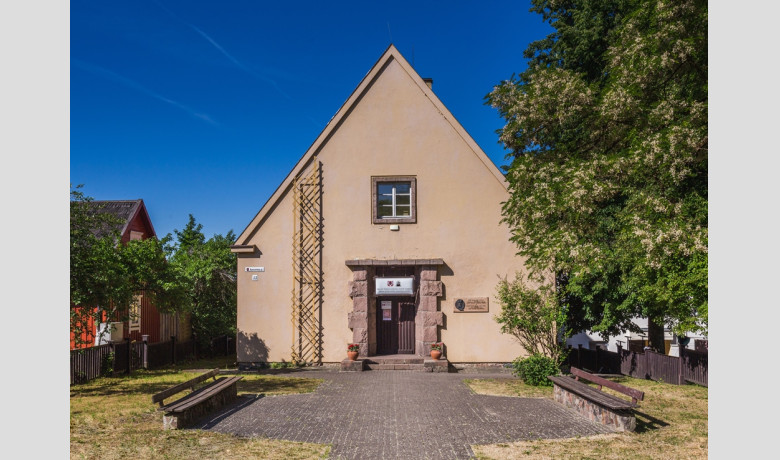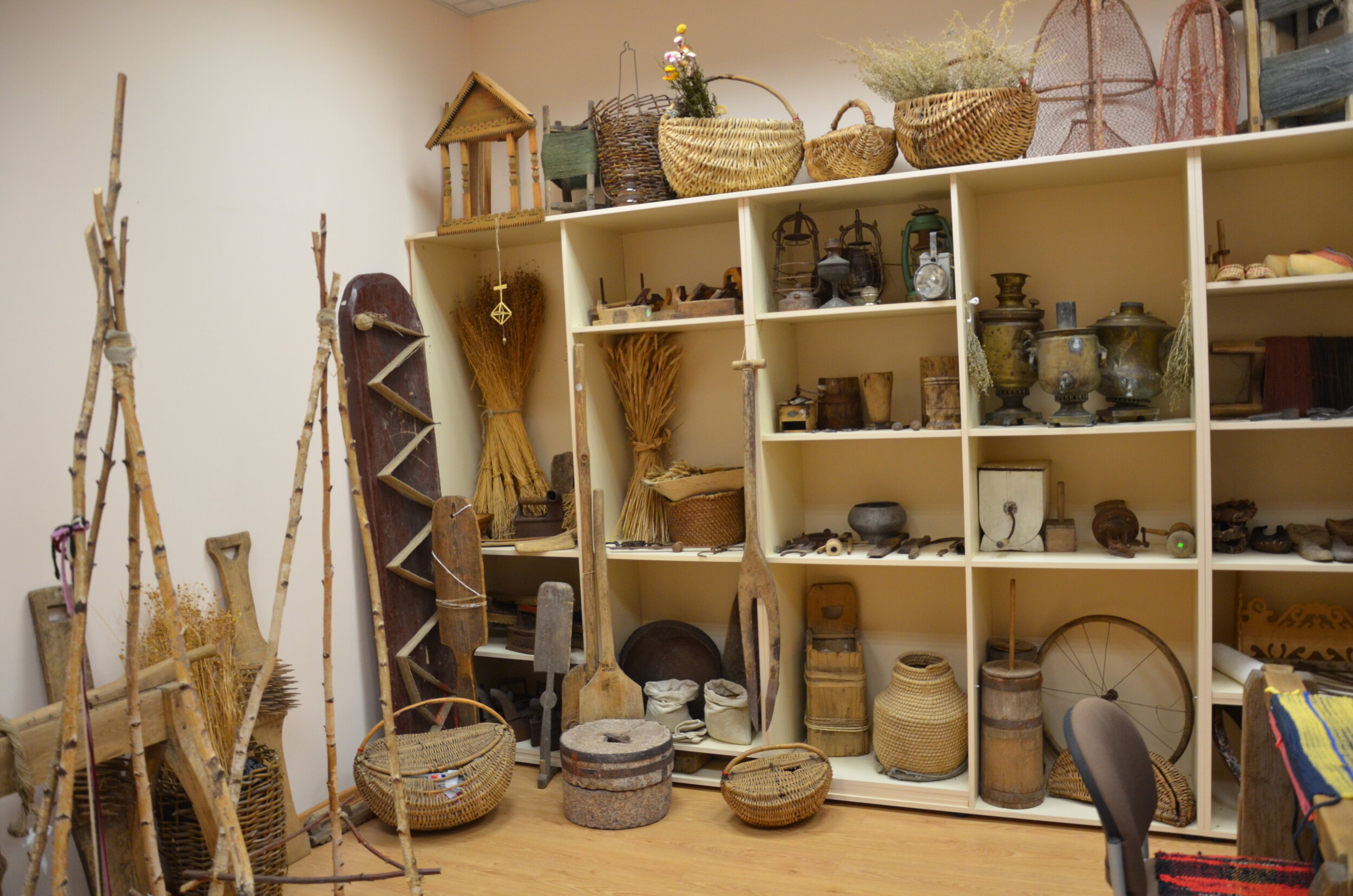Chapel of the Blessed Virgin Mary, Health of the Sick, in Gojus

69

0

0
0 out of 5
(0 reviews)
In Trakai District, Rūdiškės eldership, on the northern edge of the Ropėjai forest massif, there is a small village called Gojus, home to about 30 residents today. Nestled among pine forests near Lake Meduvys, the village's beautiful name means a small forest or grove. Not only is the name beautiful, but also the surrounding area, known as the Ilgutis Botanical Reserve.
Info
-

Religious Heritage
-
In Trakai District, Rūdiškės eldership, on the northern edge of the Ropėjai forest massif, there is a small village called Gojus, home to about 30 residents today. Nestled among pine forests near Lake Meduvys, the village's beautiful name means a small forest or grove. Not only is the name beautiful, but also the surrounding area, known as the Ilgutis Botanical Reserve.
The heart of the village of Gojus is the Chapel of the Blessed Virgin Mary, Health of the Sick (or the Mother of God, Health of the Sick Chapel), which began construction in 1936. The chapel holds great significance due to its preserved relics—highly revered religious artifacts. The most important are the miraculous painting of the Mother of God, Health of the Sick, a monstrance made from bullets, and a 200-page manuscript of the history of Gojus village and the chapel.
Today, this chapel near the Vilnius–Druskininkai road belongs to the Paluknys St. John the Baptist Parish. Mass is held here on Sundays. It is said that a special spiritual vibration and the grace of God can be felt near the chapel, encouraging belief in God's mercy and care. Those entering the chapel are greeted by a statue of the Immaculate Conception of the Virgin Mary.
Besides the Gojus chapel, the village hosts a children's home run by the Congregation of St. John. Visitors can also see an original clay house and the first and only functioning Japanese anagama kiln in Lithuania. In summer, anagama pottery festivals are held here, during which the kiln is fired, and work is done according to the oldest technology.
Historical Background
The history of Gojus village began in 1865 when the then-owner of the large Apatiškės Aluona estate, Russian General Reklickis, decided to sell his forest lands—approximately 100 hectares in total. The timber was purchased separately, and most of the land was acquired by the Andžejevskis brothers and other families. This gradually led to the development of the village community.
In the summer of 1881, the second son, Alexander, was born to one of the Andžejevskis brothers. It was he who initiated the construction of the chapel several decades later. At the age of nineteen, Alexander lost his parents. Shortly thereafter, he moved to Old Trakai, where he began studying the basics of faith. Later, he went to Kraków to join the Bonifrati Monastery. Alexander Andžejevskis, later ordained as Father Włodzimierz, lived in Prague, Vienna, and Rome for a long time. Despite his frequent travels, he regularly visited his native land.
In 1936, a small chapel in the Josephine style was built in the native village of Father Włodzimierz according to his project. Within a year, a small 2-meter-wide, 3-meter-long, and 3-meter-high chapel was completed. However, a new project to expand the chapel was soon initiated. In 1939,
the chapel's foundation was consecrated, and a document commemorating this event is embedded in the main altar wall.
At that time, a choir was formed in the Gojus chapel, the youth were taught the basics of faith, and educational work was carried out. Children planted 22 linden trees around the chapel and promised to take care of them. These trees still grow there today.
The Miraculous Painting
Pilgrims come to the Chapel of the Blessed Virgin Mary, Health of the Sick in Gojus not only to pray but also to see the preserved relics. One of the chapel's most valuable treasures is the painting of the Mother of God, Health of the Sick. It is a copy of the painting that hangs in the Vilnius Church of St. Cross Bonifrati Monastery (now the Sisters of the Poor of the Virgin Mary Monastery), painted by Romuald Varachowski in 1936. It is worth mentioning that about 30 holy paintings have been declared in Lithuania!
The painting of the Mother of God, Health of the Sick, attracts visitors because of its miraculous powers and God's graces. The first votive (from the Latin votum, meaning "wish, gift, promise") was hung next to it three years after its arrival in the chapel—a neighboring village woman thanked for her miraculous recovery, confirmed by a special Church commission. Since the same year, 1940, the annual feast of the Mother of God, Health of the Sick, has been held in the Gojus chapel on the last Sunday of August.
Relics
The Gojus chapel houses a unique reliquary—a monstrance made from bullets removed from the bodies of soldiers from Austria, Prussia, and Russia! The monstrance is one of the most important and ornate liturgical vessels used in the Catholic Church, respectfully holding the Blessed Sacrament during services and processions. This sacred object is usually cast from precious metals to express reverence for the body of Christ.
The history of this famous monstrance is as follows. During the First World War, Father Włodzimierz (real name Alexander Andžejevskis) worked at the Bonifrati Monastery Hospital, which was a war hospital at the time. Wounded soldiers from the Austrian, Prussian, and Russian regiments were brought there. The clergyman began collecting bullets extracted from the soldiers during treatment. Later, 88 bullets were used to create a special 36 cm tall monstrance.
In the Gojus chapel, there is a 200-page manuscript titled "The Chronicle of the Chapel of the Mother of God, Health of the Sick" ("Kronika Kaplicy Matki Boskiej Uzdrowienia Chorych w Gaju"), which provides a detailed account of the village's origins, the circumstances of the chapel's construction, and valuable information about liturgical objects.
One of the interesting relics of the chapel is a clock from the 17th century. Father Włodzimierz handwrote on it: "One of these hours may be yours."
Found a mistake?
Report
Whats new?
Nearby attractions
Nearest museums

 Entertainment
Entertainment
 Food establishments
Food establishments





























 54.543048, 24.958106
54.543048, 24.958106
 Get directions
Get directions








